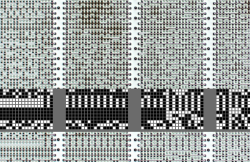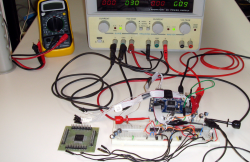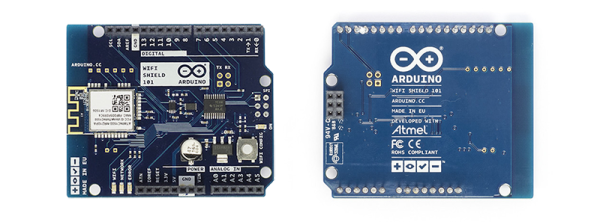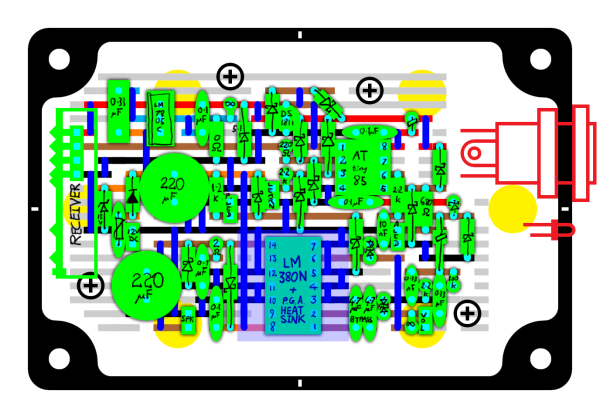There’s nothing more dangerous, so the cryptoheads say, than quantum computing. Instead of using the state of a transistor to hold the value of a bit as in traditional computers, quantum computers use qubits, or quantum information like the polarization of a photon. According to people who know nothing about quantum computers, they are the beginning of the end, the breaking of all cryptography, and the Rise of the Machines. Lucky for us, [Jean-Philippe Aumasson] actually knows a thing or two about quantum computers and was able to teach us a few things at his Shmoocon talk this weekend, “Crypto and Quantum and Post Quantum”
This talk is the continuation of [Jean-Philippe]’s DEF CON 23 talk that covered the basics of quantum computing (PDF) In short, quantum computers are not fast – they’re just coprocessors for very, very specialized algorithms. Quantum computers do not say P=NP, and can not be used on NP-hard problems, anyway. The only thing quantum computers have going for them is the ability to completely destroy public key cryptography. Any form of cryptography that uses RSA, Diffie-Hellman, Elliptic curves is completely and totally broken. With quantum computers, we’re doomed. That’s okay, according to the DEF CON talk – true quantum computers may never be built.
The astute reader would question the fact that quantum computers may never be built. After all, D-Wave is selling quantum computers to Google, Lockheed, and NASA. These are not true quantum computers. Even if they’re 100 Million times faster than a PC, they’re only faster for one very specific algorithm. These computers cannot simulate a universal quantum computer. They cannot execute Shor’s algorithm, an algorithm that finds the prime factors of an integer. They are not scalable, they are not fault-tolerant, and they are not universal quantum computers.
As far as true quantum computers go, the largest that has every been manufactured only contain a handful of qubits. To crack RSA and the rest of cryptography, millions of qubits are needed. Some algorithms require quantum RAM, which nobody knows how to build. Why then is quantum computing so scary? RSA, ECC, Diffie-Hellman, PGP, SSH and Bitcoin would die overnight if quantum computers existed. That’s a far scarier proposition to someone hijacking your self-driving car or changing the display on a smart, Internet-connected thermostat from Fahrenheit to Celsius.
What is the verdict on quantum computers? Not too great, if you ask [Jean-Philippe]. In his opinion, it will be 100 years until we have a quantum computer. Until then, crypto is safe, and the NSA isn’t going to break your codez if you use a long-enough key.
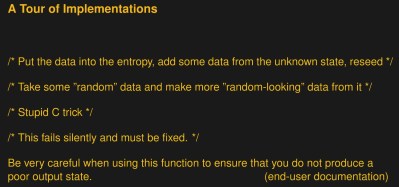 Cryptographically secure random numbers actually matter, a lot. If you’re old enough to remember the Debian OpenSSL debacle of 2008, essentially every Internet service was backdoorable due to bad random numbers. So they matter. [Vladimir] makes the case that writing good random number generators is very, very hard. Consequently, it’s very important that their output be tested very, very well.
Cryptographically secure random numbers actually matter, a lot. If you’re old enough to remember the Debian OpenSSL debacle of 2008, essentially every Internet service was backdoorable due to bad random numbers. So they matter. [Vladimir] makes the case that writing good random number generators is very, very hard. Consequently, it’s very important that their output be tested very, very well.


